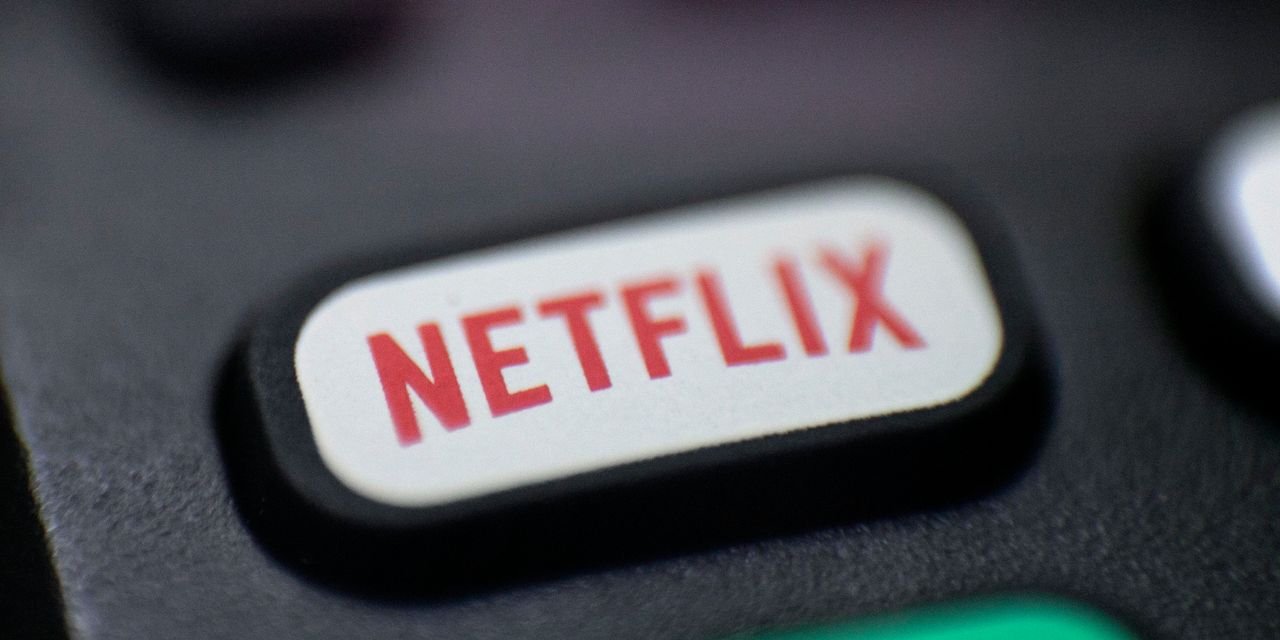American companies have a lot in common. They tend to have lots of exposure to the U.S. economy, have similar demand for their shares through buying and selling of broad indexes of the U.S. market and, of course, are subject to the same regulations, laws and governance.
So it is extraordinary to find that America’s banks and industrial stocks now move more closely with foreign share prices than with U.S. growth stocks, which are dominated by the FANGs— Facebook , Amazon , Netflix and Google, now Alphabet—along with Microsoft . There hasn’t been a disconnect like this since at least 1991, when daily data for the Russell 1000 Growth index starts.
It gets even more extreme when the market is divided between growth and cheap “value” stocks trading on a lower valuation than the rest of the market. Data from Dartmouth Prof. Kenneth French shows that the link between moves in the two groups—the correlation of the daily changes over 12 months—is the weakest since at least 1926.
In some ways, it isn’t exactly a surprise to find that weird stuff is going on. After all, we have just lived through the steepest economic decline and rebound in history, and the first-ever enforced shutdown of the economy by the government.
Yet such a breakdown of the normal connections between stocks is a sign that something is wrong, even after the market appears to have fully recovered from the Covid-19 crash of March 2020.













































